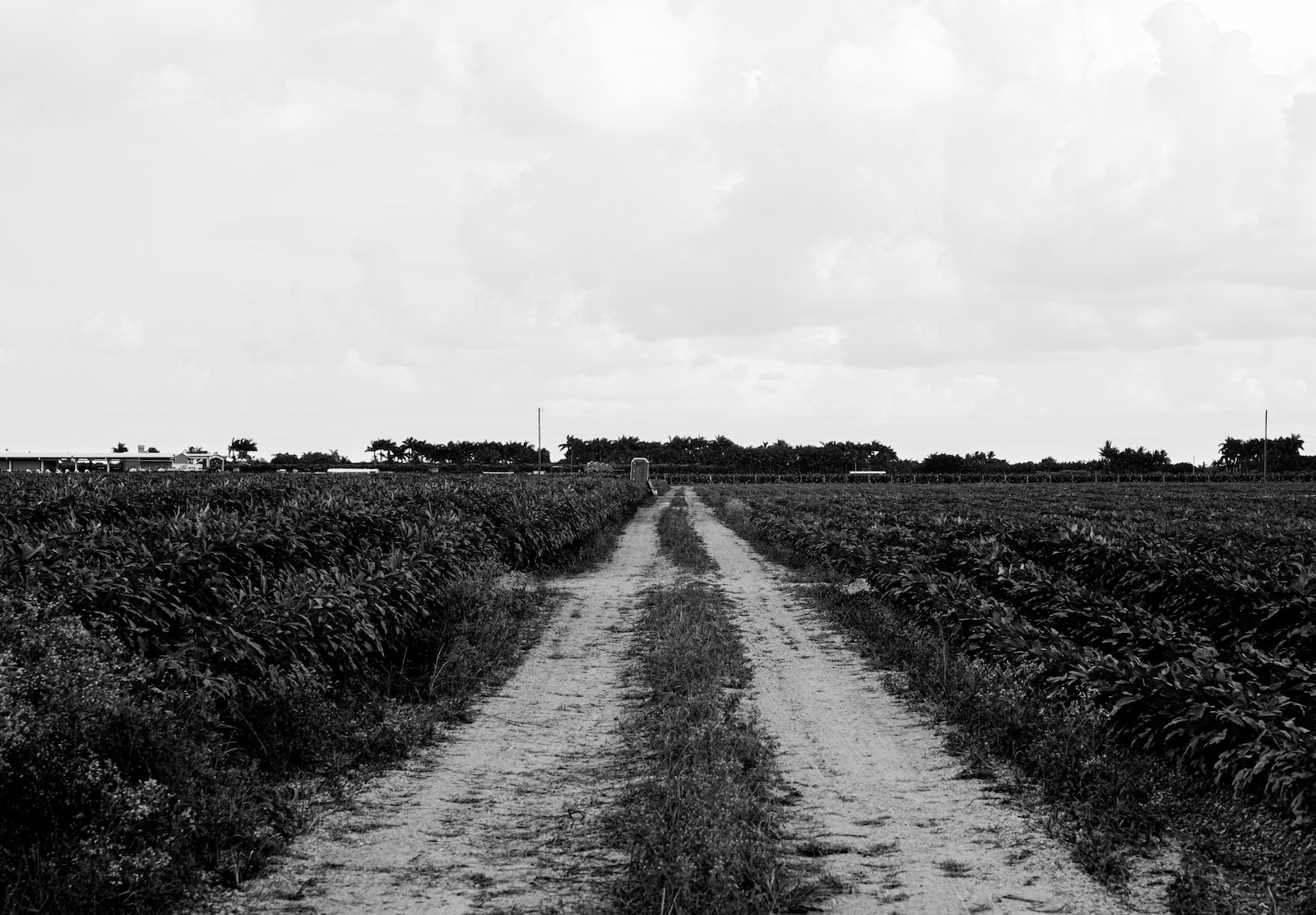Discover the Bountiful World of Foraging!
Foraging is an exciting way to connect with nature, explore new surroundings, and discover delicious and nutrient-rich foods. Whether you’re a seasoned forager or a newbie, there’s always something new to discover in the wild. However, before you venture out to gather wild edibles, it’s essential to stay safe by knowing how to identify toxic plants and avoiding contaminated areas.
===Stay Safe While Sampling Nature’s Treasures
Foraging is a fun and rewarding activity, but it comes with risks. To ensure you stay safe while sampling nature’s treasures, always wear protective clothing, including long sleeves, pants, and sturdy shoes, to prevent insect bites and skin irritation. Additionally, it’s crucial to bring a first aid kit, a map, and a compass. A fully charged cell phone and a whistle are also helpful in case of an emergency.
Before heading out to forage, check the weather forecast and avoid areas that are prone to flooding, landslides, or severe weather conditions. Be aware of your surroundings, stay on marked trails, and let someone know where you’re going and when you expect to return. Finally, never forage alone, as it’s always safer to have a companion to share the experience and help in case of an accident.
===Know Your Plants: Tips for Avoiding Toxins
One of the most essential aspects of foraging is knowing how to identify edible plants from toxic ones. Some plants are poisonous and can cause severe health issues, while others may look similar to edible ones but can still be toxic. Always carry a reliable field guide with you to help identify plants, and when in doubt, do not eat it.
Common toxic plants to avoid include poison ivy, poison oak, poison sumac, and deadly nightshade. Additionally, avoid plants growing near contaminated areas such as roadsides, industrial sites, and pesticide-treated areas. These plants may absorb harmful chemicals, which can make them unsafe to consume.
By following these essential foraging safety tips, you can enjoy exploring nature, discovering new foods, and staying safe while doing it. Remember to wear protective clothing, check your surroundings, and know your plants. Happy foraging!
Foraging is a fantastic way to connect with nature, learn about the environment, and enjoy delicious and nutrient-rich foods. However, it’s essential to stay safe while doing it. By following these simple tips, you can ensure a safe and enjoyable foraging experience every time. So, go out, explore the wild, and discover the bountiful world of foraging!




